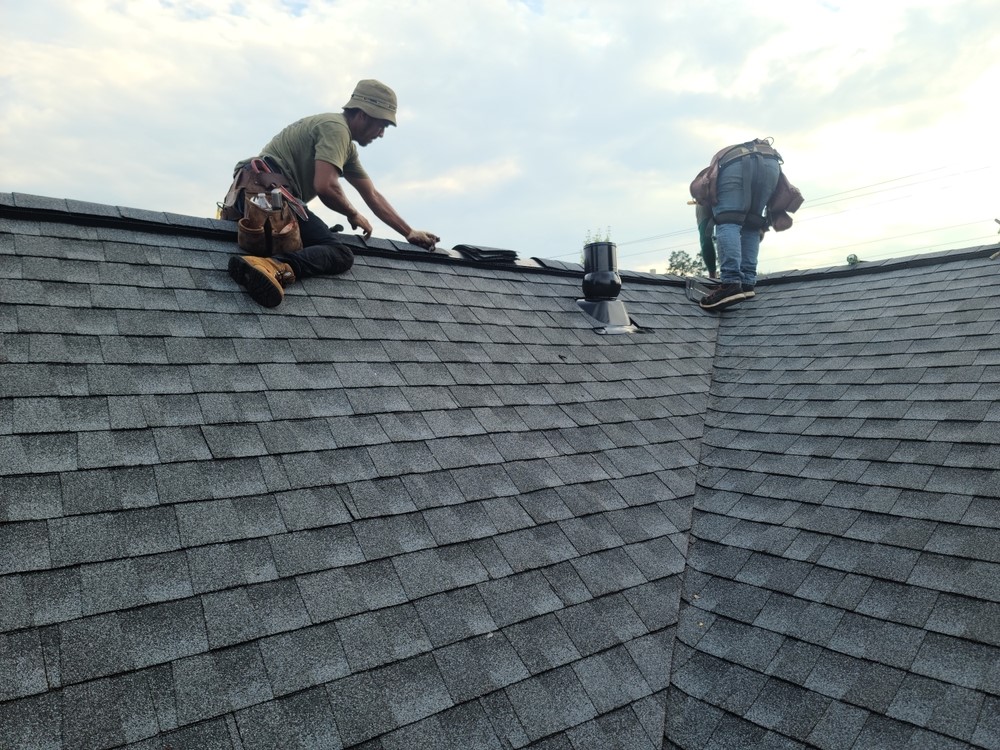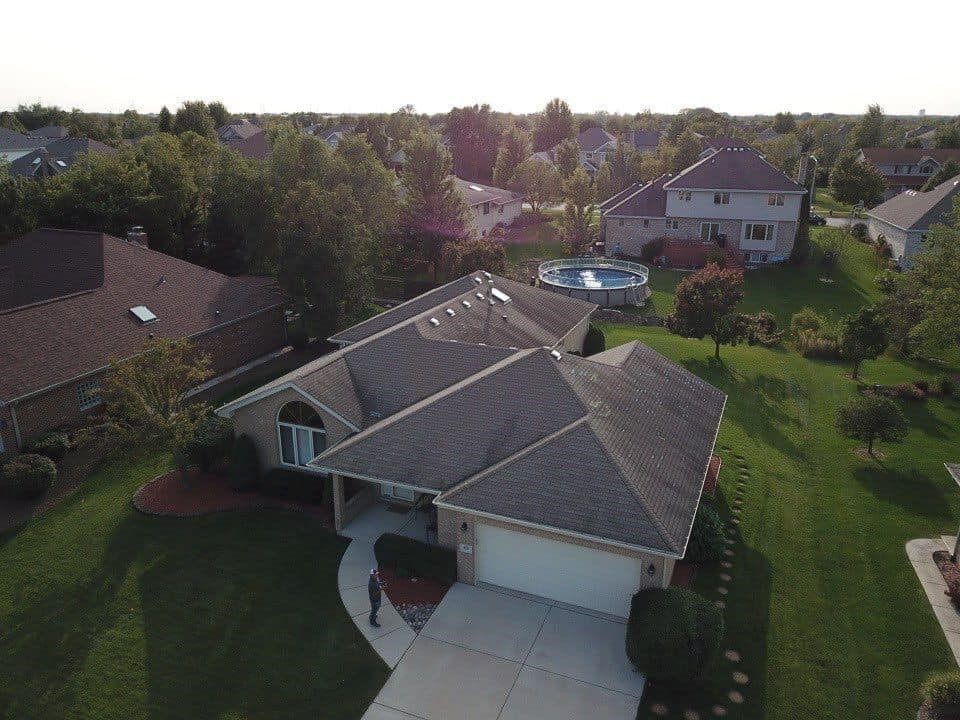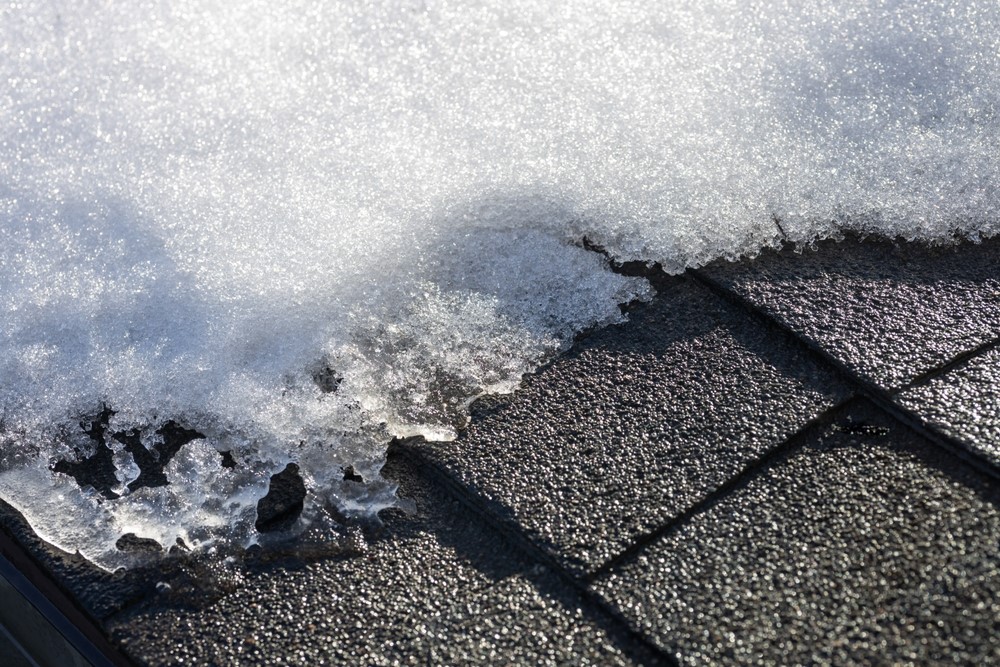Windows are an integral aspect of every home, and they are an important feature that many people consider when buying a new house. Without windows, houses can seem dark, uninviting, and stuffy. We want our windows to let in light and fresh air while also keeping out the heat and cold. As such, windows play a crucial role in maintaining a comfortable and energy-efficient environment within our homes.
However, windows can deteriorate over time, causing them to be less attractive and energy-efficient. Additionally, there may come a time when your windows simply don\’t fit into the overall style and look of your home. When that happens, it might be time to consider replacing your windows with a new window installation.
In this article, we will talk about the ins and outs of window installation, from planning and preparing to adding the final touches.
New Window Installation
Before beginning your window installation, it is important to have a clear idea of what you are planning to achieve with your new window installation. Take some time to define what is important to you and which options align best with your goals.
Is finding a budget-friendly option your most important concern? Do you want to lower your energy bills with ultra-efficient windows? Or maybe you have a specific look you are trying to achieve? Whatever the case may be, having a clearly defined goal will help you choose the best option for your new window installation.
Choosing the Right Windows
Windows come in many different styles and materials, so there will be plenty for you to consider when choosing the right windows for your home. While some people prefer the natural look and feel of wood, others appreciate the longevity and low maintenance of vinyl windows.
If you are unsure which option is best for you, it\’s always a good idea to consult with a local window installation expert to get some valuable input.
Removing the Old Window
To remove your old window, you will first need to remove any trim and molding around the window. Depending on your window\’s design, you may also need to remove the sashes and the stops, which are narrow strips that hold the window sashes in place. But in some cases, you will be able to remove the entire window in one piece.
Preparing Your Opening
Once your window is removed, inspect the opening for any damage or rot. You will need to address any structural issues at this time to ensure that the opening is strong enough for a new window.
If the window you are planning to install is larger than your current opening, then you will need to reframe the opening. This involves removing portions of drywall and adjusting the studs within the wall to accommodate the new window. This process needs to be completed in accordance with your local building codes, so be sure to check with your local authorities to ensure that you are meeting the correct standards.
Before proceeding, carefully measure the window opening to ensure that your new window will fit. In order to make the necessary adjustments to keep your new window level and plumb, it is generally recommended to have between one-quarter and one-half inch clearance on every side of the new window.
Installing Your New Window
Before inserting your new window, carefully read your manufacturer\’s window installation instructions. By gaining a thorough understanding of your new window\’s specifications, you will be able to install it more accurately and ensure its long-term performance.
- First, apply flashing tape to the bottom of your window\’s opening.
- Then add shims to the bottom for your new window to sit on and ensure that they are level. It is also a good idea to secure your shims with a piece of tape or a small nail.
- With your shims in place, insert your new window into the opening and adjust it as necessary to ensure a good fit.
- Once your new window is square, plumb, and level, secure it on both sides by inserting screws through the window frame. Make sure that you are adding your screws in a place that will be covered up later. The best place to add your screws should be specified in your manufacturer\’s instructions.
- Once your window frame is securely in place, test the operation of the windows to make sure that your sashes open and close smoothly.
- After testing your window thoroughly, add foam insulation between the window frame and the surrounding studs.
- Next, follow your manufacturer\’s instructions to add the tracks, sashes, and stops to your window frame.
- With your window fully assembled, use exterior-grade caulking to seal the window\’s exterior and create an airtight seal.
- Now you are ready to put on the final touches. Replace the trim or molding and apply paint if necessary.
Professional Window Installation
Keep in mind that the instructions outlined in this article are meant to give you a general overview of what goes into a new window installation. However, depending on the age of your house, what type of window you have in place, what type of window you are installing, and several other details, the actual process may vary slightly, and there may be other things that you will need to take into consideration.
If you are inexperienced in framing and doing finished work, then it may be best to hire a window installation professional. Professional window installation contractors will not only have the knowledge and expertise to complete the job safely, but they will also have the resources to ensure that you are getting the best window for your particular house.
Replace Your Windows With Canga Restoration
Here at Canga Restoration, we have nearly 15 years of experience replacing windows, roofs, and siding in Chicago and the surrounding areas. If you are a Chicago homeowner in need of a window installation professional, then Canga Restoration can help.
Since we first opened in 2010, we have worked with hundreds of satisfied customers all over the state of Illinois. Additionally, we also have dozens of five-star reviews from home and business owners who are still enjoying their new roofs, siding, and windows.
Subscribe to Canga Roofing's Blog










Comments